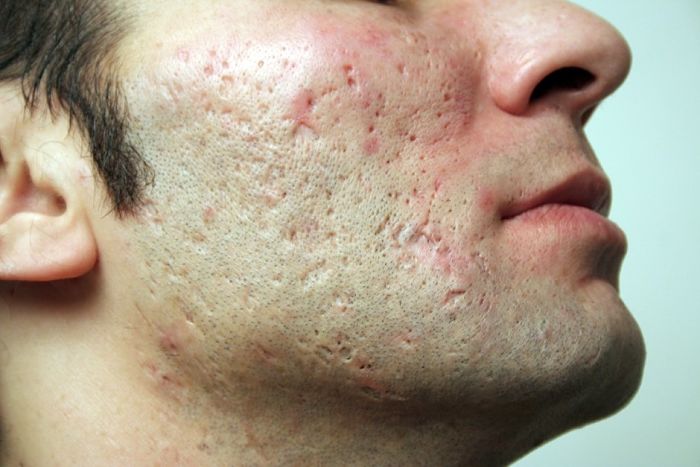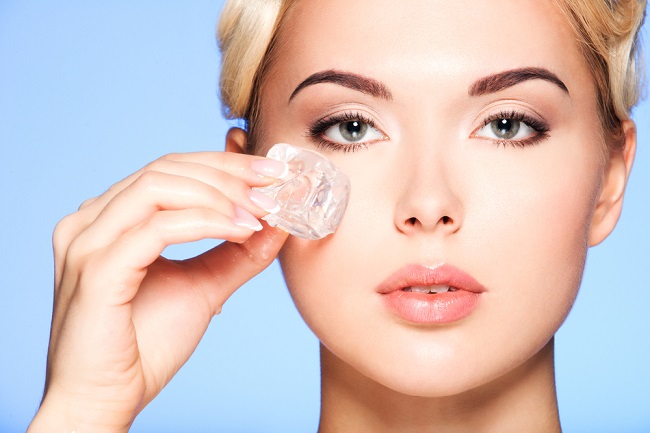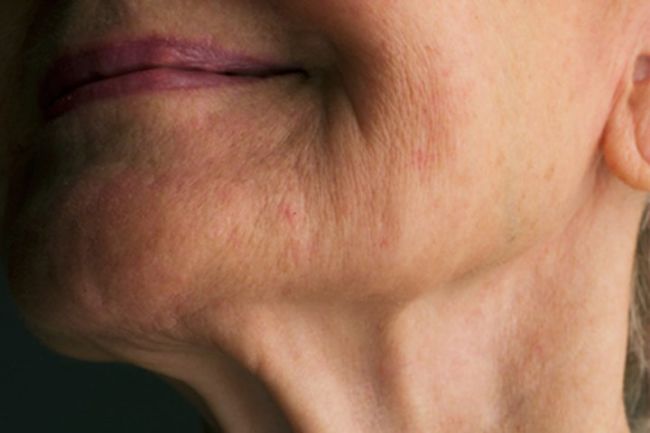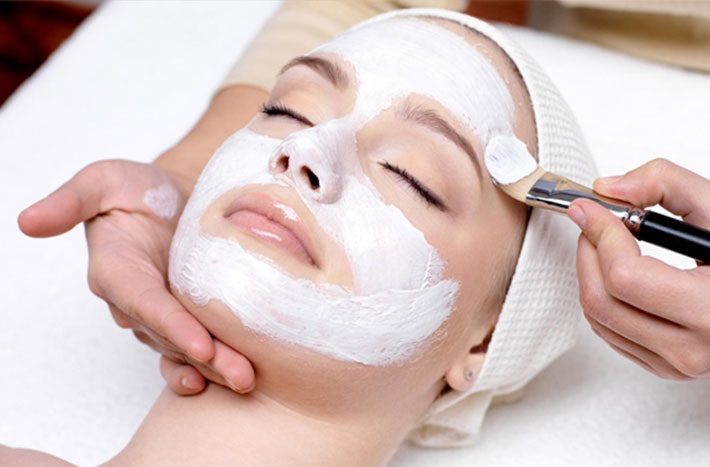Acne is a great discomfort in adolescence, which can also extend to adult life; acne is a problem that affects oily and mixed skin, causing those undesirable lesions on the face mainly.

From the superficial to the deepest, the good news is that for every type of mark or scar left by acne there is an appropriate treatment. Here’s more about acne scars: how they form, types, and how they can be treated:
How are acne scars formed?
The scar may appear suddenly or by some kind of stimulus. The biggest cause is related to the manipulation of the spine, causing the worst inflammation and preventing the skin from regenerating. What can also cause the mark is the degree of severity of the acne lesion. If the patient is between grades 3 and 5, it is very likely that they will have some scar due to the severity of the injury.
Types of acne scars
- Atrophic: are those shaped like holes in the skin.
- Hypertrophic: they appear swollen and prosing into the skin.
Is it possible to completely correct those injuries?
Depending on the case it will be possible to find a definitive solution to restore the skin to its healthy appearance. Meanwhile, most patients, even those with more severe scars, can react well to treatments. All procedures should be indicated by a dermatologist depending on the type of injury.
What are the treatments for acne brands?
There are different treatments to correct the marks and scars that acne leaves on the skin.
1. Peeling
Peeling is a procedure that promotes various functions on the skin. The procedure promotes the flaking and renewal of the dermis and, depending on the substance used, will have an effect of greater or lesser depth – superficial, medium or deep. In some cases, it is the best option to remove acne scars.
2. Micro-angle
Microagulation can help a lot in the appearance of acne scars. It stimulates collagen production and controlled skin regeneration to fill scarred areas and also make the skin surface more even. The procedure should be performed in consultation by a dermatologist so that the correct and most effective procedure is employed in each case.
3. Filling with hyaluronic acid
Filling acne scars is a technique used for scarred areas that form depressions in the skin. The filling provides an optimal filling response, and if applied with other treatments such as peels or dermocosmetics, it presents excellent results.
4. Fractional laser
The laser is a cutting-edge technology applied in dermatology, used for the treatment of signs of aging, which can also be used to improve acne scars. The fractional laser uses a directed energy source to treat the desired area, stimulating collagen intensely and allowing a faster recovery of the skin.
Dermocosmetics that help relieve acne scars
Originally designed as preparations to enhance personal appearance by directly applying it to the skin, cosmetics have now taken on a new role in dermatology, through support for the management of many skin disorders. Such presentations may be as follows:
- Exfoliating gels or creams;
- Face masks of peeling effect;
- Dermocosmetics containing acids such as: glycolic acid, salicylic acid, dioic acid, LHA, alone or associated for a potentiated action;
- Clearing formulas containing tranexamic acid, glycolic acid, komic acid and Resorcinol ethyl phenyl, when there are darkened scars;
- Dermocosmetics containing Vitamin C.
How to avoid acne marks?
To control the marks of thorns, we first have to treat acne. We can do it with a little care:
- Remove makeup with micellar solution.
- Wash your face twice a day with acne skin-specific soap.
- Use an astringent tonic to deeply clean the pores.
- Use an anti acne medication recommended by the dermatologist.
- Apply daily sunscreen with dry touch and antiacné or antioleosity function.
- Spray an antioleosity spray during the day to control the production of sebum.
- Visit your dermatologist regularly to monitor the problem.









